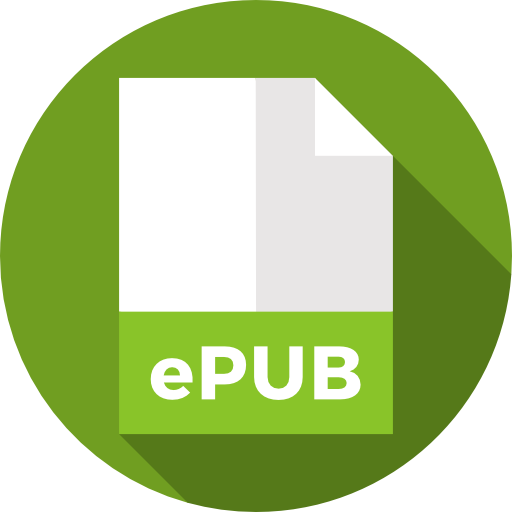
An International Publisher for Academic and Scientific Journals
Author Login
Scholars Journal of Applied Medical Sciences | Volume-13 | Issue-09
Role of Ultrasound in Evaluating Breast Cancer Response to Neoadjuvant Chemotherapy
Dr. Tarannum Morshed, Dr. Saikat Barua, Dr. Rabab Sultana, Dr. Farzana Shegufta, Zafor M. Masud, Dr. M. A. Awwal
Published: Sept. 10, 2025 |
205
180
Pages: 1680-1684
Downloads
Abstract
Background: Breast cancer is one of the most prevalent malignancies in women worldwide, with neoadjuvant chemotherapy (NACT) increasingly used to downstage tumors and facilitate breast-conserving surgery. Accurate and timely assessment of tumor response to NACT is critical in optimizing treatment plans and predicting outcomes. Ultrasound (USD), due to its safety, accessibility, and cost-effectiveness, is frequently employed for this purpose. Objective: To assess the role of ultrasound in evaluating tumor response to neoadjuvant chemotherapy in breast cancer patients. Method: A retrospective observational study was conducted at a tertiary care hospital in Bangladesh between January 2022 to December 2022. A total of 36 female patients with histologically confirmed breast cancer who underwent NACT were included. Ultrasound imaging was used to measure tumor size at three time points: before chemotherapy, mid-therapy, and after completion of chemotherapy. Tumor response was analyzed by comparing pre- and post-treatment tumor sizes. Results: The majority of patients (60%) were aged between 51 and 56 years. Before chemotherapy, 65% of tumors measured between 5.6×4.5 cm and 8.0×6.0 cm. Following chemotherapy, 54.5% of tumors were reduced to below 2.5×2.0 cm, with 24.5% shrinking to as small as 1.0×1.0 cm. Most of our patients received 6 to 8 cycles of chemotherapy, with a small proportion requiring extended cycles or surgical intervention. Overall, ultrasound effectively demonstrated tumor shrinkage and variability in response. Conclusion: Ultrasound proved to be a valuable, non-invasive modality for monitoring breast cancer response to NACT. It allowed dynamic assessment of tumor size reduction and informed treatment decisions, supporting its continued use as a primary imaging tool in the neoadjuvant setting.


